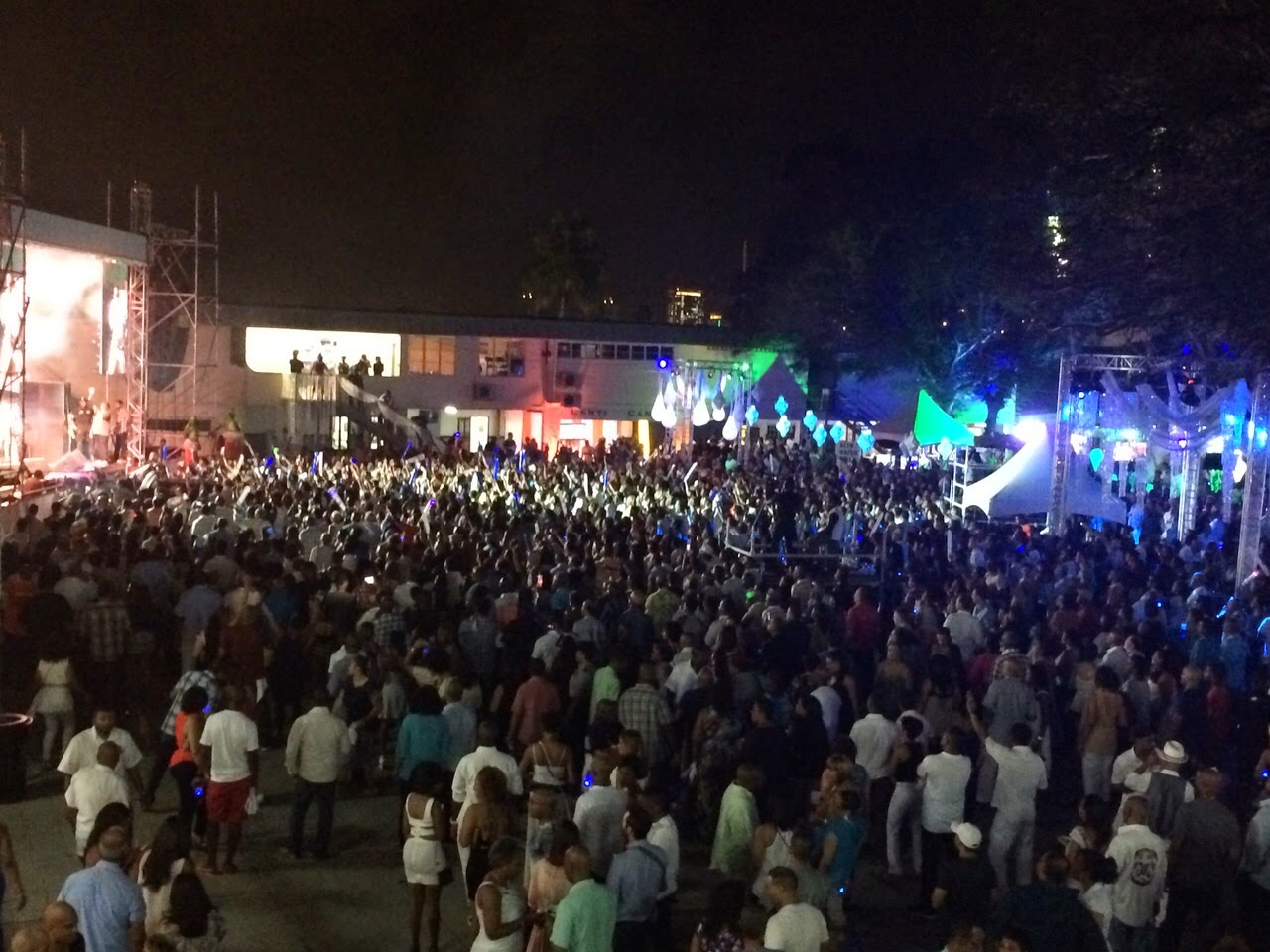Night-time recreation is as popular is not more prominent
that daytime recreation and entertainment. According to (Anderson 2009),
nightlife is a form of cultural creativity and expression. From clubbing and
feting, to going to dinner or a simply “liming” is a major part of the nightime
recreational culture. In Port of Spain, the night life is vibrant and the city
is as alive as it is in the day. Maco Caribbean has a list of nightime entertainment in Trinidad. Trinidad and Tobago has moved away from the traditional
lifestyle and has taken a western approach. With Aripita Avenue, the home for
clubs and bars, being a major influence to this lifestyle.
 |
| Fatima Fete 2015 |
 |
| Food stalls at the Queen's Park Savannah |
(Anderson 2009) believes that nightlife illustrates
diversity, acceptance and equity. This may or may not be a reality in Port of
Spain since there are places for the elite that other can’t get into and there
are places everyone can occupy. There can be some downfall to the vibrant
nightlife of Port of Spain. Drunk driving is indeed a problem in Trinidad and
Tobago. According to Arrive Alive, there has been 29 road fatalities thus far
for 2015 and 34 deaths. With the
increase in the nightclubs and bars individuals are drawn to this lifestyle. Recreational eating at night can also be another down fall. Trinidad and Tobago
are in the top five countries worldwide suffering with obesity. This can be a
direct cause of eating at night.
References:
Anderson, Tammy (2009). Rave Culture: The Alternation and Decline of a
Philadelphia Music Scene. Philadelphia: Temple University Press.
Arrive Alive (2015) Retrieved on March 14rd, 2015 from http://www.arrivealivett.com/index.php?page=driving-under-the-influence
Maco Caribbean (n.d.) Retrieved on March 3rd, 2015 from
http://www.macocaribbean.com/trinidad/entertainment/


1 comment:
This ties in with our blog on urban architecture, as we also explore the nightlife in Trinidad. Love the titles
Post a Comment